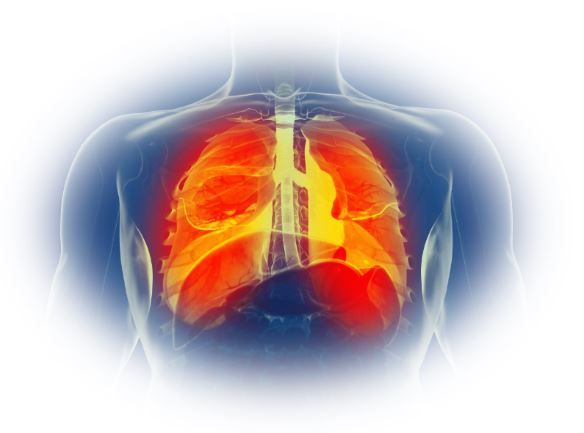- Clinical Technology
- Adult Immunization
- Hepatology
- Pediatric Immunization
- Screening
- Psychiatry
- Allergy
- Women's Health
- Cardiology
- Pediatrics
- Dermatology
- Endocrinology
- Pain Management
- Gastroenterology
- Infectious Disease
- Obesity Medicine
- Rheumatology
- Nephrology
- Neurology
- Pulmonology
Cystic Fibrosis Guideline Update: 7 Questions
Cystic fibrosis treatment guidelines must evolve to keep pace with new treatments and disease knowledge. Try 7 questions on the latest iteration.

Are you up to date with the latest cystic fibrosis (CF) treatment guidelines? We reviewed the newest recommendations and developed 7 questions on epidemiology, pathophysiology, and treatment of the disease. Test yourself.
1. Approximately 50% of new CF diagnoses in the US now occur in asymptomatic or minimally symptomatic infants.
A. True
B. False
Please click here for answer, next question.
Answer: B. False. At least 62.4% of new CF diagnoses in the US today are made in asymptomatic or minimally symptomatic infants; median age at diagnosis is 4 months.
2. The estimated average life expectancy at birth for persons with CF has increased from 34 years during 1991–1995 to approximately how long during 2012–2016?
A. 38.3 years
B. 40.7 years
C. 43.4 years
D. 47.7 years
Please click here for answer, next question.
Answer: D. 47.7 years. Life expectancy among people with CF has increased by nearly 14 (13.7) years over the past 2 decades to an average of 47.7 years.
3. Cystic fibrosis is most commonly seen in Caucasians of North American, European, and Australian descent.
A. True
B. False
Please click here for answer, next question.
Answer: True. In 2016, 93.7% of patients with cystic fibrosis in the United States were white.
4. The recommended increase in energy intake for patients with cystic fibrosis is approximately how much more than that needed by healthy individuals?
A. 110% to 150%
B. 110% to 200%
C. 120% to 180%
D. 120% to 200%
Please click here for answer, next question.
Answer: B. 110% to 200% of that needed by healthy individuals. The increased requirement is the result of the CF underlying gene mutation, the increased effort of breathing, and the metabolic consequences of chronic infection.
5. Patients with cystic fibrosis have unique pharmacokinetic and pharmacodynamic profiles, including:
A. An increased distribution volume that requires larger doses of some medications
B. A faster rate of medication clearance that rquires shorter dosing intervals
C. A and B
Please click here for answer, next question.
Answer: C. Cystic fibrosis patients may need larger doses of some medications, including antibiotics, and may clear many drugs faster despite factors like potential for hepatic impairment.
6. Which of the following treatments has a grade A recommendation of substantial benefit for moderate-to-severe cystic fibrosis, according to the Cystic Fibrosis Foundation?
A. Inhaled tobramycin
B. Azithromycin
C. Lumacaftor/Ivacaftor
D. Ibuprofen
Please click here for answer, last question.
Answer: A. Inhaled twice-daily tobramycin. Inhaled tobramycin should be given at 300 mg for 28 days on/28 days off and is rated as having a substantial net benefit for patients with moderate-to-severe cystic fibrosis.
7. Which of the following chronic medications have neither a positive nor a negative recommendation for use in patients with cystic fibrosis who are at least 6-years-old?A. Ã2 adrenergic agonists
B. Leukotriene modifiers
C. Inhaled or oral N-acetylcysteine, or inhaled glutathione
D. Inhaled anticholinergics
E. All of the above
Answer: E. All of the above. According to Cystic Fibrosis Foundation guidelines, there is no recommendation for or against chronic medications such as inhaled Ã2 adrenergic agonists, leukotriene modifiers, inhaled or oral N-acetylcysteine or inhaled glutathione, and inhaled anticholinergics due to lack of evidence.
________________________________________
Source: DeSimone D, Tilleman J, Giles ME, Moussa B. Cystic Fibrosis: Update on Treatment Guidelines and New Recommendations. US Pharm. 2018;43(5)16-21.
